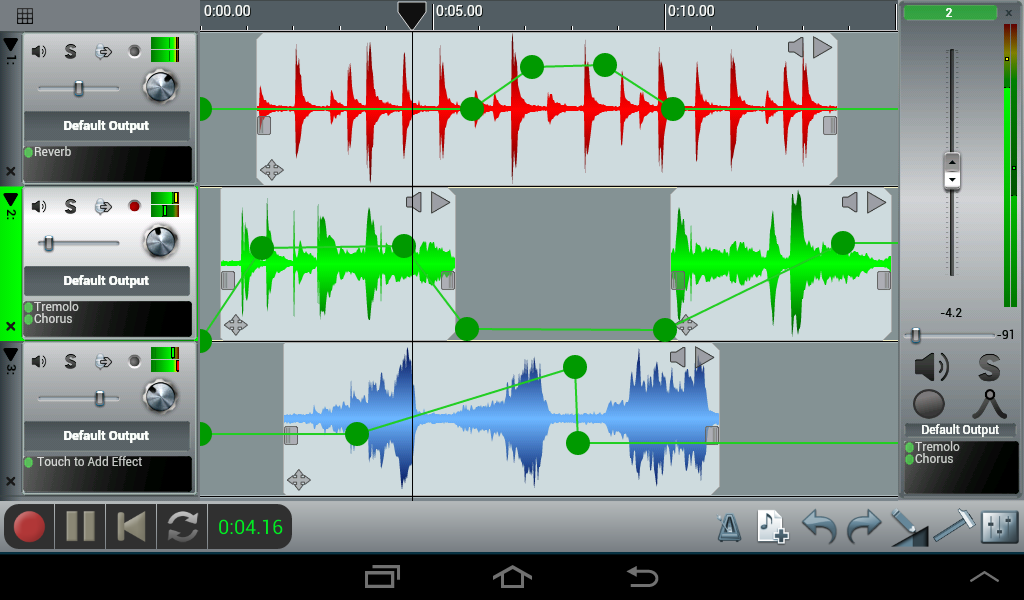

You can cut out interruptions, eliminate cross-talk, and add music and sound effects in post production. Using separate tracks for each speaker allows you to make adjustments when one speaker is quieter than the other, has a lower quality microphone, or background noise in their recording.
Multi track vocal recording software professional#
Multitrack recorders are most often associated with music, but they’re used in all professional audio recordings, including podcasts.

Today’s digital recording technology has removed all the limits on the number of tracks on any single recording. A decade later, four-track recorders had become the standard for musicians like the Beatles. The history of multi track recording began in the 1950s, when American jazz musician and guitar legend Les Paul modified an Ampex reel-to-reel tape recorder so he could play multiple parts of the same song. It’s our blog!) History and uses of multitrack recording In Descript, you can record multitrack interviews remotely, or from multiple mics in-person either way Descript will automatically generate a single transcript, where you can edit every track, or work on them individually in Sequences. You capture each speaker on a separate track, add additional tracks for music or other effects, then adjust each one to fit your narrative. If they want louder vocals and softer bass, they can do that. This creates much more flexibility in the recording process and gives the recording engineer the power to adjust each track to their liking.

Then, the engineer combines the tracks to create the song. You can even get more granular by recording elements like the high hat and the bass drum on different tracks. For instance, to capture a song played by a four-person band, a recording engineer records the singer, the electric guitar, the bass, and the drums each on separate tracks. A multitrack recorder allows you to separately record multiple sound sources.


 0 kommentar(er)
0 kommentar(er)
